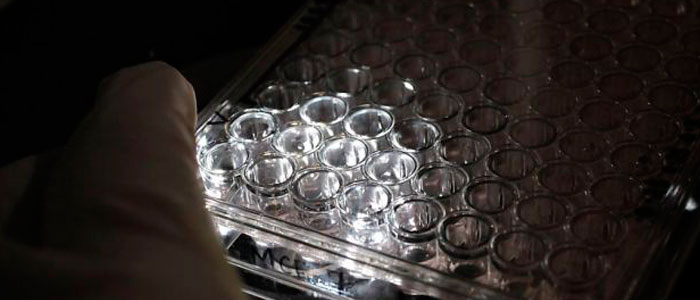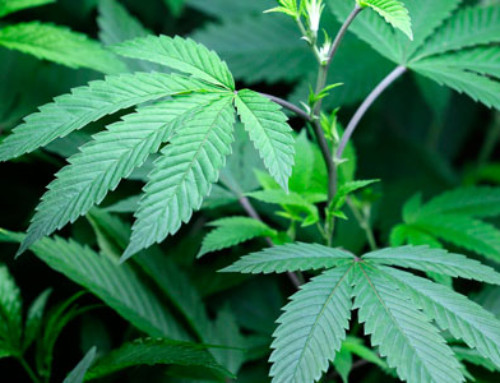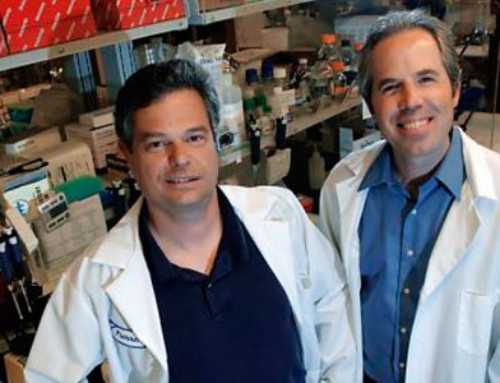The Evolving Medical Cannabis Field
The following is a summary of a much longer article by the deputy director of NORML (the National Organization for the Reform of Marijuana Laws), and co-author of the book Marijuana Is Safer: So Why Are We Driving People to Drink (2009, Chelsea Green). The author references a “U.S. government repository for peer-reviewed scientific research.” There is a good deal of research going on outside the U.S on the efficacy of various cannabinoids. Go to cannabisscience.com to learn much more about research into the healing properties of cannabinoids.
Cannabinoids are unique, organic compounds in the cannabis plant that have been found to have therapeutic properties. Here are five which are cited in scientific research as potentially offering a safe and effective way to treat severe medical conditions:
Cannabidiol (CBD)
“Studies have suggested a wide range of possible therapeutic effects of cannabidiol on several conditions, including Parkinson’s disease, Alzheimer’s disease, cerebral ischemia, diabetes, rheumatoid arthritis, other inflammatory diseases, nausea and cancer.” That was the conclusion of researcher Antonio Zuardi, writing about CBD in the Brazilian Journal of Psychiatry in 2008. A team of Italian and Israeli investigators acknowledged that CBD possesses anxiolytic, antipsychotic, antiepileptic, neuroprotective, vasorelaxant, antispasmodic, antiischemic, anticancer, antiemetic, antibacterial, antidiabetic, anti-inflammatory, and bone stimulating properties.
Cannabinol (CBN)
Its therapeutic potential includes its ability to induce sleep, ease pain and spasticity, delay ALS (Lou Gehrig’s Disease) symptoms, increase appetite and halt the spread of certain drug resistant pathogens, like MRSA (aka ‘Superbug’).
Cannabichromene (CBC)
“CBC exerts anti-inflammatory, antimicrobial, and modest analgesic activity.” CBC has also been shown to promote anti-cancer activity in malignant cell lines and to possess bone-stimulating properties. More recently, a 2011 preclinical trial reported that CBC influences nerve endings above the spine to modify sensations of pain. “
[This] compound might represent [a] useful therapeutic agent with multiple mechanisms of action” [According to a 2009 review cited in PubMed].
Cannabigerol (CBG)
“… is documented to possess anti-cancer, anti-inflammatory, analgesic, and anti-bacterial properties.” According to a 2011 review published in the British Journal of Pharmacology, “A whole plant extract of a CBG chemotype would seem to offer an excellent, safe new antiseptic agent” for the treatment of multi-drug resistant bacteria.
Tetrahydrocannabivarin (THCV)
“… has anti-epileptic and anticonvulsant properties, as well as an ability to mitigate inflammation and pain – in particular, difficult-to-treat neuropathy. Like CBD, THCV is on the radar of British biotech GW Pharmaceuticals (makers of Sativex) [which] has expressed interest in the potential use of tetrahydrocannabivarin in the treatment of obesity, diabetes and other related metabolic disorders.”













Leave A Comment
You must be logged in to post a comment.